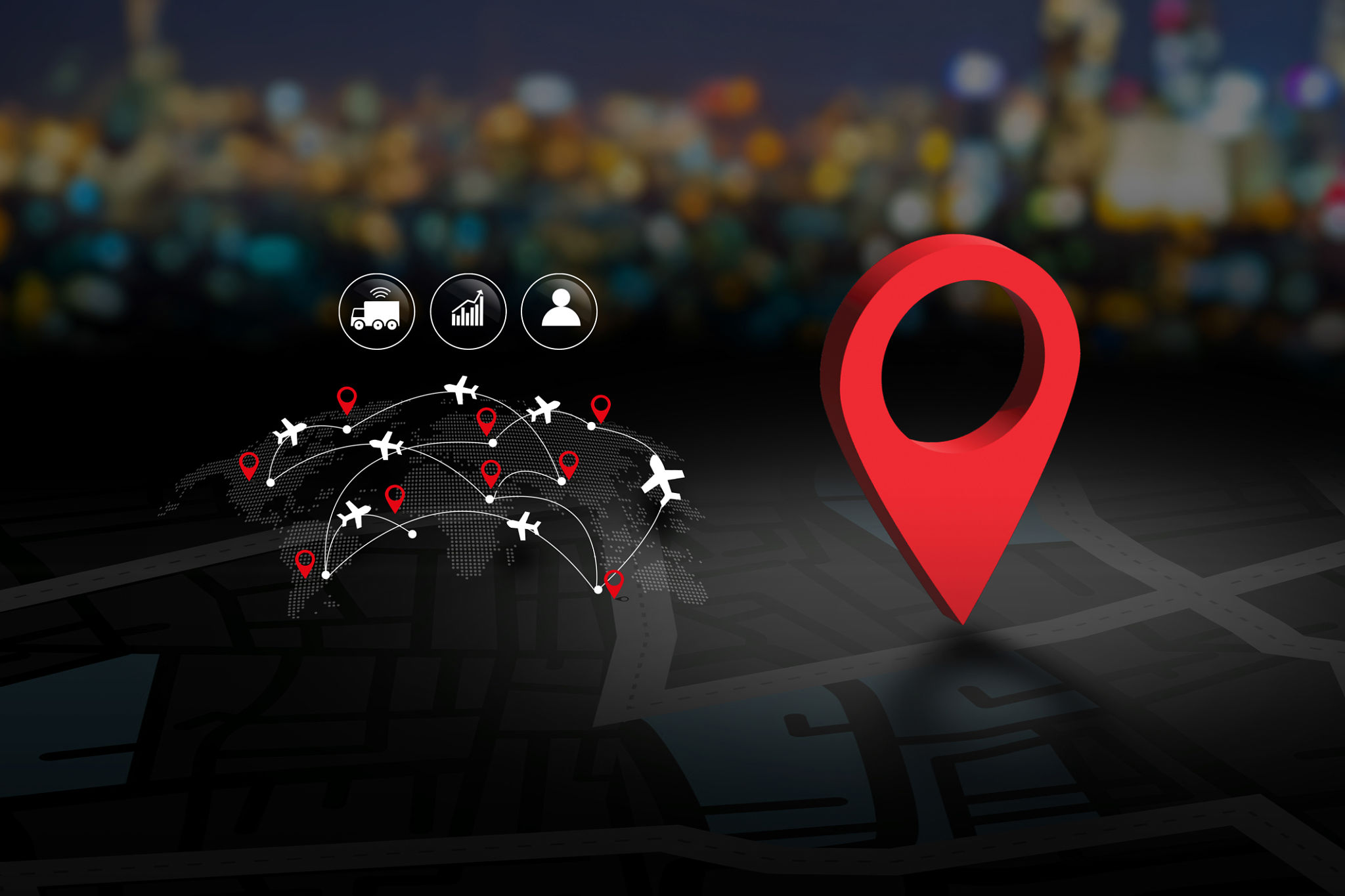Understanding the Benefits of Real-Time Maps in Transportation Booking Systems
Introduction to Real-Time Maps
In today's fast-paced world, the ability to make informed decisions quickly is crucial. This is particularly true in the transportation industry, where efficiency can make or break a business. One tool that has become indispensable in this sector is the use of real-time maps in transportation booking systems. These maps provide up-to-the-minute data, enabling users to navigate their journeys with ease.

The Role of Real-Time Maps in Enhancing User Experience
Real-time maps significantly enhance the user experience by providing accurate and current information about routes, traffic conditions, and estimated arrival times. This empowers users to make informed decisions about their travel plans, leading to a more satisfying and stress-free journey.
Furthermore, these maps can be integrated into mobile and web applications, allowing users to access information on the go. This level of convenience is particularly appealing to commuters who rely on timely updates to plan their day effectively.
Reducing Wait Times and Delays
One of the most notable benefits of real-time maps is their ability to reduce wait times and delays. By offering live traffic updates, these systems can suggest alternative routes, helping users avoid congestion and arrive at their destination more quickly. This not only improves customer satisfaction but also enhances overall transportation efficiency.

Improving Fleet Management for Businesses
For businesses in the transportation sector, real-time maps provide a strategic advantage. Fleet managers can track vehicles in real time, allowing them to optimize routes and schedules dynamically. This leads to more efficient use of resources, reduced fuel consumption, and increased profitability.
In addition, real-time tracking helps in managing drivers' schedules more effectively, ensuring that deliveries or pickups are made on time. This level of precision is crucial for maintaining a high standard of service and customer trust.
Enhancing Safety and Security
Safety is a top priority in transportation, and real-time maps contribute significantly to this aspect. By providing accurate location data, these systems help in monitoring vehicle movements and ensuring that drivers adhere to designated routes. In case of emergencies or unexpected events, immediate assistance can be dispatched to the precise location.

Facilitating Environmental Sustainability
Real-time maps also play a role in promoting environmental sustainability. By optimizing routes and reducing idle time caused by traffic jams, these systems help lower carbon emissions. This is an essential consideration for companies striving to meet environmental regulations and reduce their carbon footprint.
The ability to plan more efficient routes not only benefits the environment but also contributes to cost savings for businesses by minimizing fuel expenses.
The Future of Real-Time Maps in Transportation
As technology continues to advance, the capabilities of real-time maps in transportation booking systems are expected to grow even further. Integration with artificial intelligence and machine learning could provide even more personalized and predictive services, enhancing the user experience while driving operational efficiencies for businesses.

In conclusion, real-time maps are a vital component of modern transportation booking systems. They offer numerous benefits ranging from improved user experience and operational efficiency to enhanced safety and environmental sustainability. As we move forward, embracing these technologies will be key to staying competitive in the rapidly evolving transportation industry.